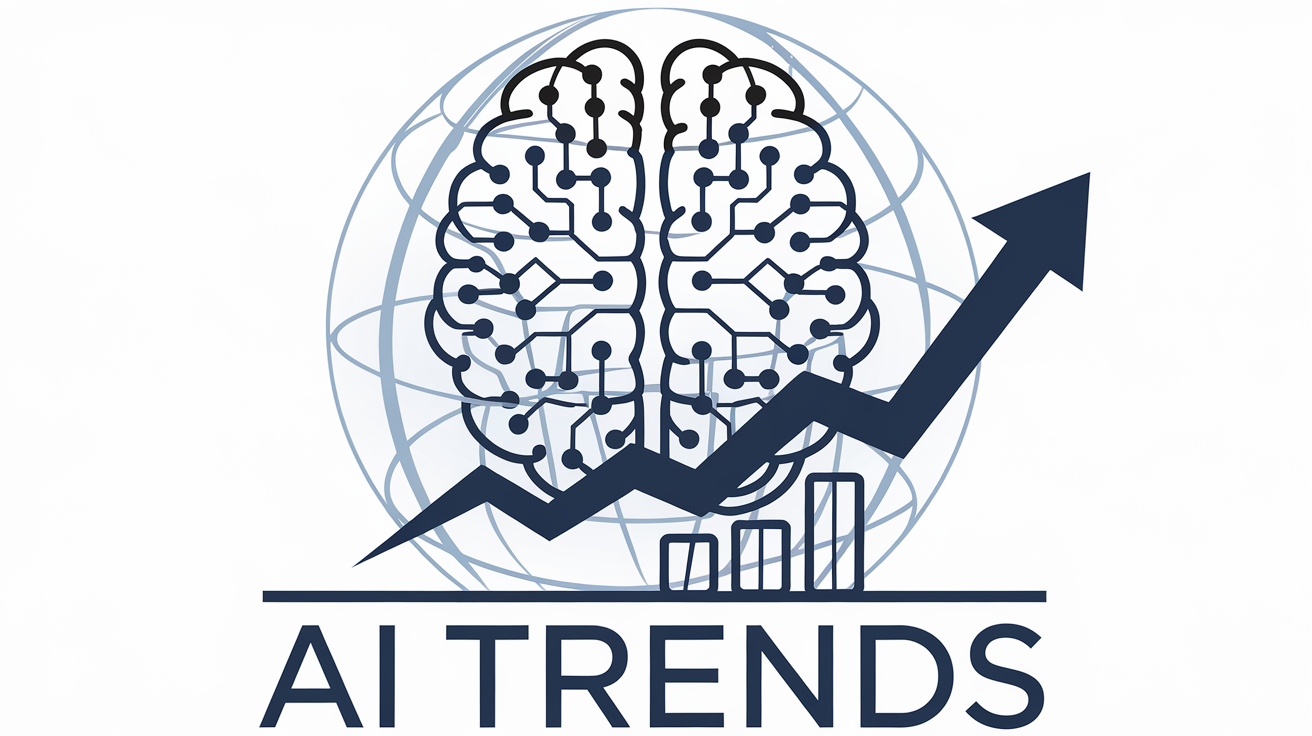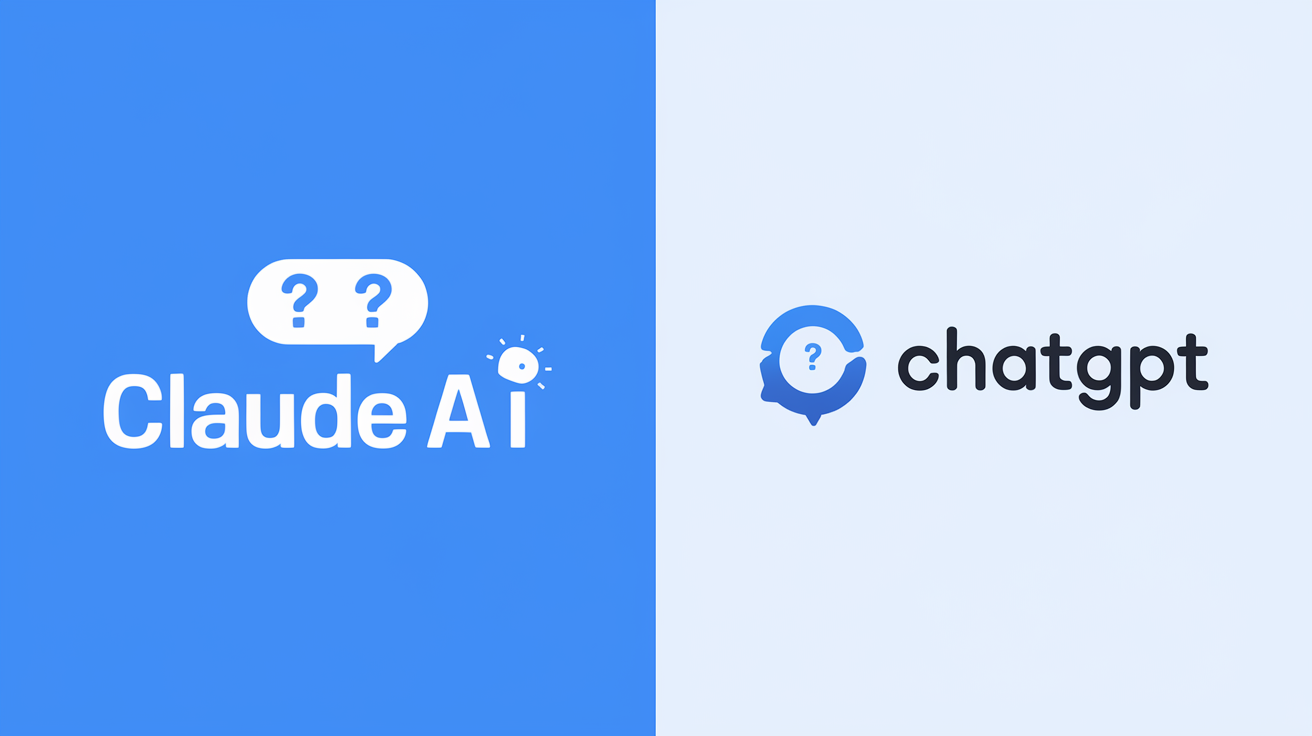Claude AI and ChatGPT are two popular AI tools that help users with various tasks. Each has unique features that set them apart, making them suitable for different needs. Understanding their strengths and weaknesses can help users choose the right tool for their requirements.
Claude AI is known for its ability to follow instructions closely and provide detailed responses. On the other hand, ChatGPT is designed for more conversational interactions and can adapt its style to fit many contexts. This comparison can shed light on which AI might best fit specific tasks.
By exploring how these AI models work, potential users can gain insight into their capabilities and decide which one aligns better with their goals.
Table of Contents
ToggleKey Takeaways
- Claude AI excels in following detailed instructions.
- ChatGPT offers a flexible conversational style.
- Understanding their features can guide the choice between them.
Overview of Claude AI
Claude AI is a language model created by Anthropic. It focuses on delivering safe and reliable interactions. Its design emphasizes user-oriented responses and ethical considerations in AI use.
Origins and Development of Claude AI
Claude AI was introduced by Anthropic in March 2023. The development process involved a strong focus on safety and alignment with human values. Engineers and researchers worked to ensure that the AI could engage in complex conversations while maintaining a user-friendly experience.
The team behind Claude emphasized transparency. They aimed to improve the explaining of AI behavior and decision-making processes. This approach is part of a broader mission to create AI systems that are aligned with human intentions.
Capabilities of Claude AI
Claude AI is built to understand and generate human-like text. It can perform a variety of tasks such as answering questions, summarizing information, and even creating content. The AI is designed to operate in a conversational manner.
Its abilities include contextual understanding and a strong grasp of grammar. Claude can provide informative responses while avoiding harmful or biased content. This makes it suitable for educational purposes and professional settings.
In addition, Claude AI supports multiple languages. This feature allows it to interact with a wider audience. Its user-friendly design aims to make technology more accessible to everyone.
Overview of ChatGPT
ChatGPT is an advanced language model created by OpenAI. It has a rich history and offers various functionalities that make it effective for different applications.
Evolution and History of ChatGPT
ChatGPT began as a part of the Generative Pre-trained Transformer (GPT) series from OpenAI. The original GPT model debuted in June 2018. This model focused on understanding human language and generating text. Over time, improvements were made with each version.
In November 2022, OpenAI released ChatGPT based on the GPT-3.5 architecture. This version became popular due to its conversational abilities and effective responses. In March 2023, OpenAI further advanced the technology with the release of GPT-4, enhancing the model’s performance, understanding, and accuracy.
Functionalities of ChatGPT
ChatGPT has many features that cater to users’ needs. It can generate text, answer questions, and assist in various writing tasks. Its conversational ability allows it to interact naturally with users.
The model can summarize articles, help with coding, and provide explanations on various topics. Users benefit from its ability to adapt tone and style according to requests. Additionally, it supports multiple languages, making it accessible to a global audience.
Its versatility makes ChatGPT useful in education, customer service, and creative writing, demonstrating its wide range of applications.
Comparative Analysis

This section looks at how Claude AI and ChatGPT differ in key areas. It covers language understanding, task handling, and their ability to learn and adapt.
Language Understanding
Claude AI and ChatGPT both excel in language understanding, but they approach it differently. Claude AI uses larger datasets to interpret context, which can lead to more accurate responses in complex conversations. It often provides nuanced answers, especially in discussions involving emotions or abstract concepts.
ChatGPT, on the other hand, is built to handle conversational language effectively. It is good at maintaining context over multiple exchanges. This allows for smooth interactions but can sometimes lead to misinterpretations when the context shifts or is unclear.
In short, while both models are strong, Claude AI tends to offer depth, while ChatGPT focuses on conversational flow.
Task Handling and Complexity
When it comes to task handling, both models demonstrate strengths and weaknesses. Claude AI is capable of managing complex tasks like multi-step reasoning and problem-solving. This makes it suitable for applications requiring detailed analysis or creative tasks.
ChatGPT often excels in straightforward queries. It responds well to direct questions and can generate human-like text quickly. For simple tasks, its speed makes it efficient. However, it may struggle with more intricate challenges that require a deeper understanding.
Overall, the choice between them may depend on the specific tasks required.
Learning and Adaptability
In the area of learning and adaptability, Claude AI shows a strong ability to incorporate new information. It can be updated with fresh data, improving its performance over time. This feature allows Claude AI to stay current with trends and knowledge.
ChatGPT, while also adaptable, relies on pre-existing training data. It does not learn from individual interactions in real-time. As a result, its responses may remain static unless updated through system upgrades.
The difference in these learning techniques can impact user experience, especially in dynamic environments.
Use Cases and Applications
Claude AI and ChatGPT serve various practical applications. Both tools enhance business processes, customer interactions, and educational efforts. Here’s how each performs in key areas.
Enterprise Solutions
In the realm of enterprise solutions, both Claude AI and ChatGPT assist in automating tasks. They can generate reports, analyze data, and provide insights for decision-making.
Organizations use these AIs for project management, drafting emails, and scheduling meetings. They help streamline workflows, reducing the time spent on routine tasks. This increases employee productivity and allows workers to focus on more complex assignments.
Many companies customize the models to align with specific industry needs. For instance, they can tailor responses based on corporate guidelines, ensuring consistency in communication.
Customer Service
Customer service leverages both AIs to improve user experience. Businesses deploy them in chatbots and virtual assistants to handle inquiries.
These systems provide instant responses, reducing wait times for customers. They can answer frequently asked questions, troubleshoot issues, and guide users through processes.
Using AI in this way frees up human agents to focus on complicated cases. This hybrid model leads to quicker resolutions and better service overall. By analyzing customer interactions, these AIs can also identify trends and preferences, helping businesses improve their offerings.
Education and Research
In education and research, Claude AI and ChatGPT are valuable tools for students and educators. They assist with research by summarizing information and providing insights from various sources.
Students can use these AIs to generate topics, outlines, and even practice essays. They offer suggestions for improving writing and can explain complex subjects in simpler terms. This makes learning more accessible.
Educators use AI tools to create lesson plans, quizzes, and teaching materials. They also benefit from the ability to tailor content to suit different learning styles and needs. This enhances overall educational outcomes for both teachers and students.
Future Prospects
The future for Claude AI and ChatGPT shows promise as both technologies evolve. They face competition while seeking new ways to enhance user experience and meet market demands.
Innovation and Ongoing Development
Both Claude AI and ChatGPT are focusing on continuous improvement. They regularly update their systems to provide better responses and functionality.
Key areas of innovation include:
- Natural Language Processing (NLP): Enhancements in understanding context and user intent.
- Customization: Allowing users to personalize their AI experiences.
- Integration: Merging with other technologies for broader applications.
These improvements aim to make interactions smoother and more intelligent. As user needs change, both AI models will adapt to remain relevant.
Market and Trends
The market for AI-driven conversational agents is growing rapidly. Businesses and consumers are increasingly relying on AI for support and information.
Key trends include:
- Increased Adoption: More companies are using AI tools for customer service and engagement.
- Focus on Ethics: There is a rising emphasis on responsible AI use and data privacy.
- Competitive Pricing: As more players enter the market, pricing strategies are evolving for better accessibility.
These trends highlight the importance of innovation and responsibility in the AI sector. Doing so ensures both Claude AI and ChatGPT can meet future demands.
You may also like: How AI is Revolutionizing Content Creation: From Writing to Images

